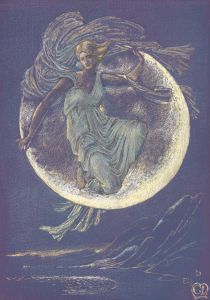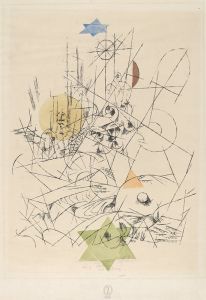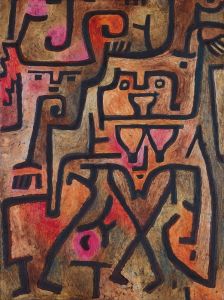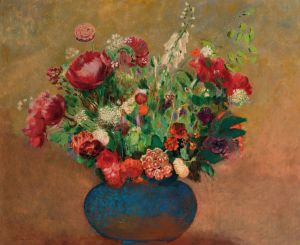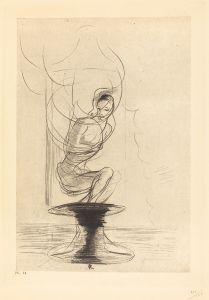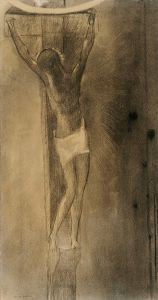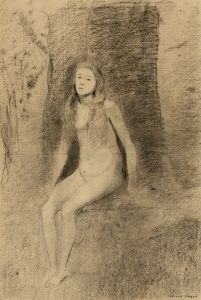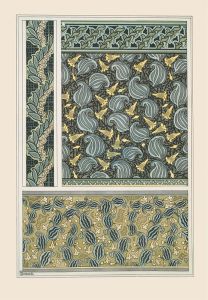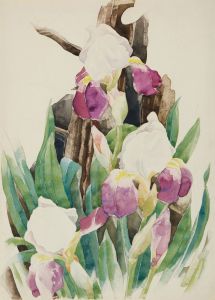
Cul-de-Lampe
A hand-painted replica of Odilon Redon’s masterpiece Cul-de-Lampe, meticulously crafted by professional artists to capture the true essence of the original. Each piece is created with museum-quality canvas and rare mineral pigments, carefully painted by experienced artists with delicate brushstrokes and rich, layered colors to perfectly recreate the texture of the original artwork. Unlike machine-printed reproductions, this hand-painted version brings the painting to life, infused with the artist’s emotions and skill in every stroke. Whether for personal collection or home decoration, it instantly elevates the artistic atmosphere of any space.
Odilon Redon was a French symbolist painter, printmaker, draughtsman, and pastellist, known for his unique and imaginative works that often explored themes of dreams, fantasy, and the subconscious. One of his notable works is "Cul-de-Lampe," which reflects his distinctive style and thematic interests.
"Cul-de-Lampe" is a piece that showcases Redon's fascination with the mystical and the otherworldly. While specific details about the creation date and the exact medium of "Cul-de-Lampe" are not widely documented, it is consistent with Redon's broader body of work, which often includes charcoal drawings, lithographs, and pastels. Redon's art is characterized by its use of dark tones and ethereal imagery, often depicting fantastical creatures, dreamlike landscapes, and symbolic motifs.
Redon was heavily influenced by literature, music, and philosophy, and his works often draw inspiration from these fields. He was particularly inspired by the writings of Edgar Allan Poe, Charles Baudelaire, and Stéphane Mallarmé, which is evident in the mysterious and sometimes macabre elements present in his art. "Cul-de-Lampe" likely embodies these influences, as it aligns with the symbolist movement's emphasis on evoking emotions and ideas rather than depicting the physical world.
The title "Cul-de-Lampe" itself is intriguing; in French, it refers to an ornamental design or illustration that appears at the end of a chapter or book, often serving as a decorative element. This concept of an ending or a conclusion might suggest themes of finality or transition, which are common in Redon's work. His art frequently explores the boundaries between reality and imagination, life and death, and the conscious and unconscious mind.
Redon's technique often involved the use of chiaroscuro, a method of using strong contrasts between light and dark to create a sense of volume and depth. This technique is evident in many of his works, contributing to their haunting and enigmatic quality. His use of color, particularly in his later pastels, is also noteworthy, as it adds a vibrant and sometimes surreal dimension to his compositions.
Throughout his career, Redon was associated with the symbolist movement, which sought to express the ineffable and the mysterious through art. This movement was a reaction against the realism and naturalism that dominated the art world in the late 19th century. Instead of focusing on the external world, symbolists like Redon aimed to depict the internal experiences of the mind and spirit.
Redon's work, including "Cul-de-Lampe," has been influential in the development of modern art, inspiring later artists such as the surrealists, who admired his ability to convey the dreamlike and the fantastical. His art continues to be celebrated for its originality, depth, and ability to evoke a sense of wonder and introspection.
In summary, "Cul-de-Lampe" by Odilon Redon is a testament to the artist's unique vision and his ability to transcend the ordinary through his exploration of the mystical and the symbolic. While specific details about this particular work may be limited, it remains an integral part of Redon's oeuvre, reflecting his enduring legacy in the world of art.





